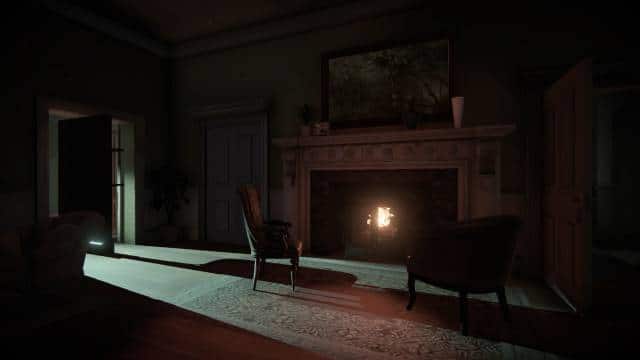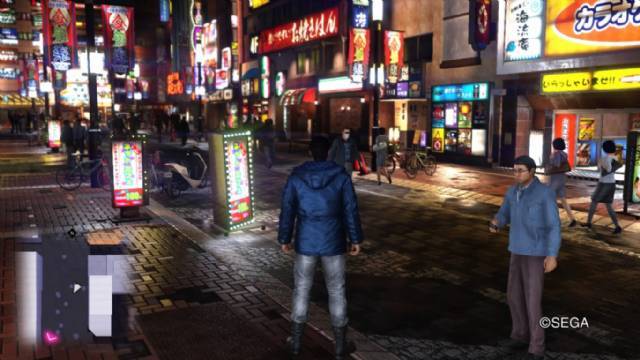It would be better not to knock at all
If you have not seen the movie before, the game will not tell you virtually anything or introduce you to the characters and the story. There is no introductory film or text file that can serve as a narrative premise: Wales Interactive has opted for a direct, no-frills start, placing the player right from within the game-setting home.
When the first SMS arrives with Chloe’s name, you can not even imagine your daughter and the invisible protagonist (unlike the furniture, her figure does not have a reflection) that you impersonate is the mother.
During the nearly fifty minutes of gameplay planned to complete the adventure, these little messages containing the insults of a rebellious little girl and then requests for help, they do not really add anything to the game context. They’ve been plugged in almost all the time to recall memories of those who missed the movie during the movie, and the same applies to the text files that you will find along the corridors and rooms of the villa, which are translated in the wrong way, with errors of concordance between verbs and different refusals.
Telling a story in less than an hour does not mean being up-to-date, superficial, and taking for granted important elements of the plot.
Do not Knock Twice looks like a complement to the movie instead of a tie-in, but even those who have watched the horror of Caradog W. James will not have good reasons to approach the game, really too poor in content to convince even the most unshakable fans of the genre and virtual reality.
Knock Knock
Do not Knock Twice is in fact designed for VR both on PCs and PS4s, and all the problems that this entails when it comes in parallel (for probable budget reasons) is not done an adaptation work that can satisfy who a helmet for virtual reality does not have. On PS4 you can play with one or two moves and the control system is pretty classic, with no motion sickness problems.
The main issue of Do not Knock Twice is, however, its substantial inability to make it interesting, ultimately resulting in an empty experience that you will forget at the time you turn off your console or PC.
From the beginning to the end, you just have to walk around the house, turn candles scattered around with a candle bar just by approaching them, open doors, wait for some scripted event to unlock the next lock and a little more.
You will never have to defend yourself from anything, you do not need to hide, to evade the witch that will appear every now and then – but always at a proper distance – and no less you will need to run.
Indeed yeah, why to cross the rooms more quickly and to end the boring Do not Knock Twiceit is better not to go around circumspect, because there is no reason to do so.
On the other hand, between shattering glasses, the expectation of a very easy scarejump and a final section that just changes the cards on the table, giving you the impulse to hold an ax to split axes or open a gap where ‘ It is more obvious that you can pass, there is nothing else within the game that may vary the formula.
A formula that is that of a minimal simulant walking simulator and a linear and brevilineal path, which uses a couple of escamotage to put that backtracking pinch unnecessary for a project that is so small that it demonstrates the total lack of ideas to exploit a license in the best way.
Technically Do not Knock Twice is not a disaster and does the indispensable minimum, though showing a very rough polygonal modeling and a design of elementary scenarios.



